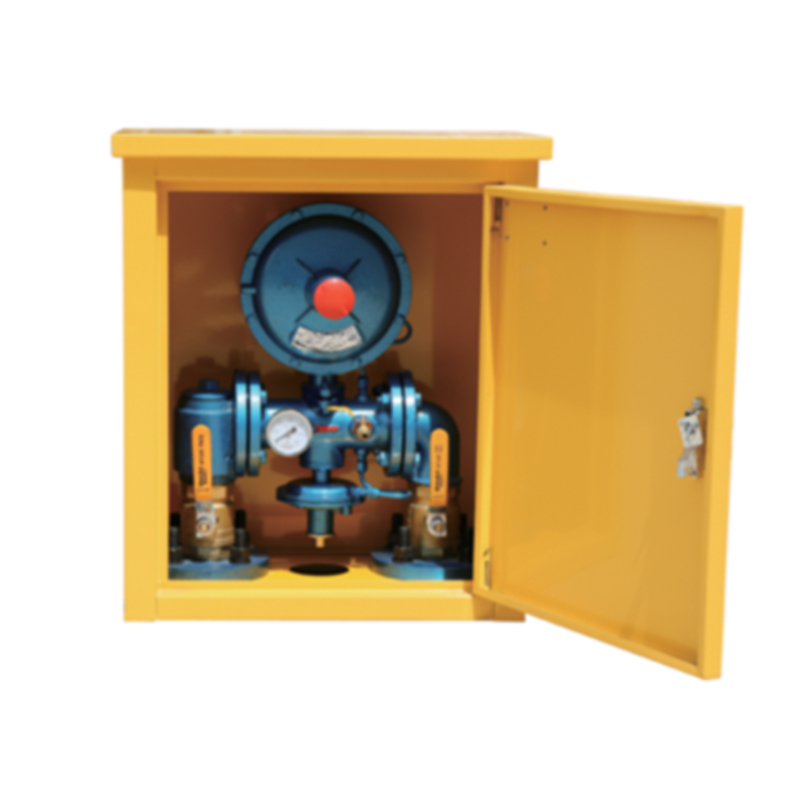
Oct . 31, 2024 20:41
Back to list
Natural Gas Distribution Station Overview and Best Practices for Efficiency
Natural Gas Distribution Station A Key Component of Energy Infrastructure
Natural gas has increasingly become a vital part of the global energy landscape, offering a cleaner alternative to other fossil fuels. Central to its effective delivery to consumers are natural gas distribution stations. These facilities play a crucial role in ensuring the safe and efficient transportation of natural gas from production areas to homes and businesses, supporting both residential heating and industrial processes.
.
One of the noteworthy features of these stations is their advanced monitoring systems. Equipped with sophisticated technology, these facilities are designed to detect potential leaks and monitor gas quality. Continuous monitoring ensures that the gas being distributed is safe and meets regulatory standards, providing peace of mind to consumers and operators alike. Furthermore, stations are equipped with emergency shutdown systems that can quickly halt operations in case of an emergency, ensuring both safety and prevention of any potential hazards.
محطة توزيع الغاز الطبيعي

Environmental considerations also play a significant role in the operation of natural gas distribution stations. As the demand for cleaner energy sources rises, there is a growing emphasis on minimizing the environmental impact of gas distribution. Many modern stations incorporate technologies designed to assess and mitigate emissions, thereby contributing to a more sustainable energy sector. Additionally, operators are increasingly adopting measures that enhance the efficiency of gas usage, resulting in reduced waste and improved overall performance.
In terms of infrastructure, a natural gas distribution station is typically composed of multiple components, including compressors, meters, and valves. Compressors are essential for maintaining the flow of gas, particularly in stretches of pipeline where elevation changes occur. Meters are crucial for measuring the amount of gas being distributed, ensuring that billing is accurate and that supplies are managed effectively. Valves control the flow and direction of gas, allowing for flexibility in distribution and the ability to isolate sections of the network for maintenance.
The integration of natural gas distribution stations into local economies is significant. They not only provide energy that powers homes and businesses but also create jobs in construction, operation, and maintenance. Additionally, as natural gas is a reliable energy source, it supports energy security and stability in various regions, helping to balance energy demands.
In conclusion, natural gas distribution stations are essential elements of the energy supply chain, ensuring that gas reaches consumers safely, efficiently, and with minimal environmental impact. As the world continues to evolve towards sustainable energy solutions, the importance of these facilities will only grow, representing a critical investment in the infrastructure that supports modern society. Understanding their function and significance can lead to greater appreciation for the energy that powers our everyday lives.
Latest news
-
Safety Valve Spring-Loaded Design Overpressure ProtectionNewsJul.25,2025
-
Precision Voltage Regulator AC5 Accuracy Grade PerformanceNewsJul.25,2025
-
Natural Gas Pressure Regulating Skid Industrial Pipeline ApplicationsNewsJul.25,2025
-
Natural Gas Filter Stainless Steel Mesh Element DesignNewsJul.25,2025
-
Gas Pressure Regulator Valve Direct-Acting Spring-Loaded DesignNewsJul.25,2025
-
Decompression Equipment Multi-Stage Heat Exchange System DesignNewsJul.25,2025

